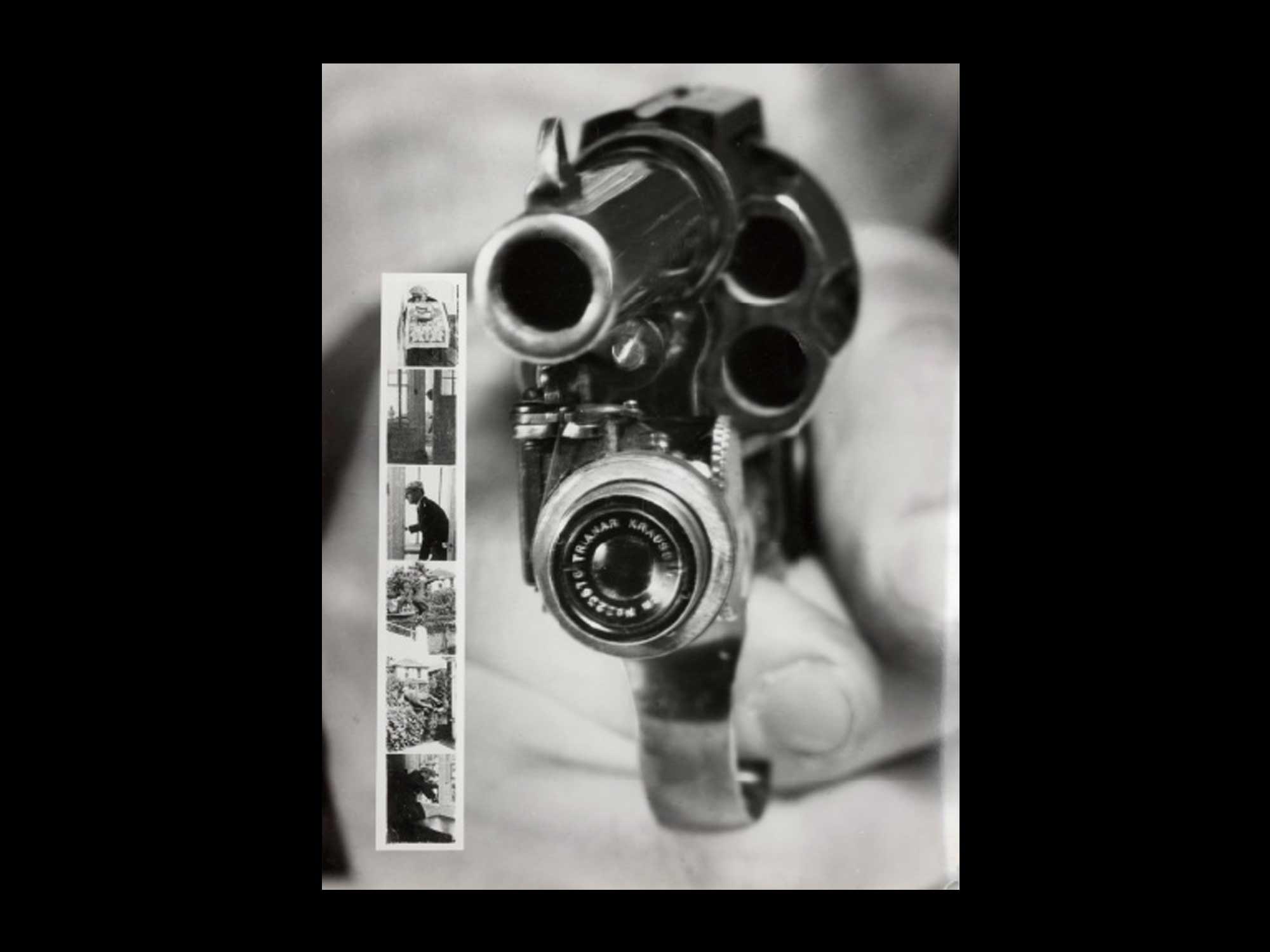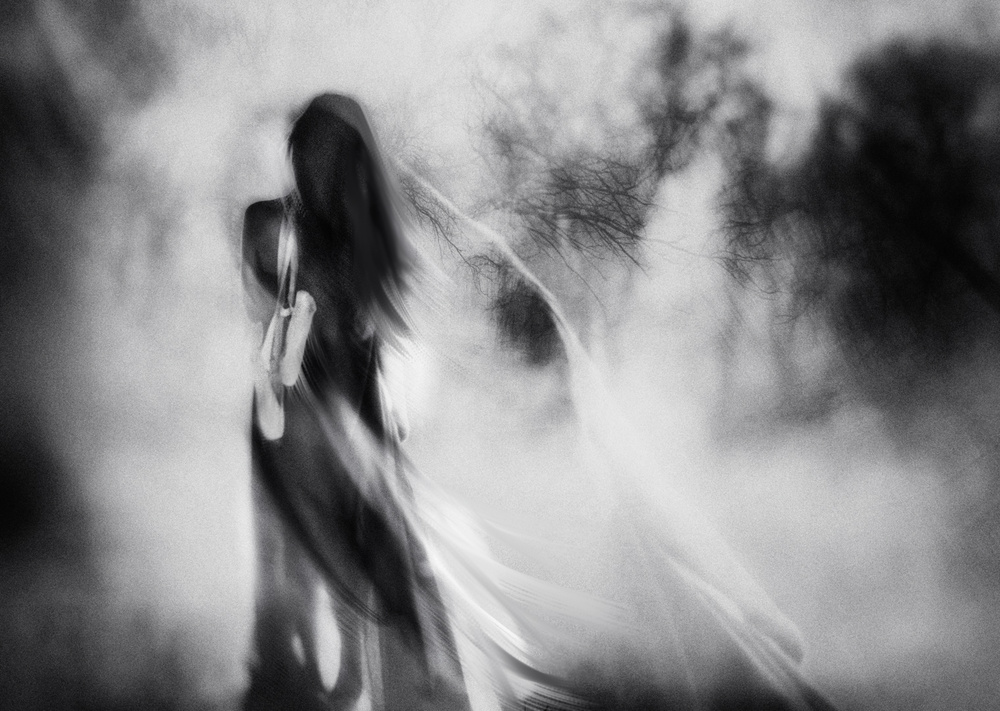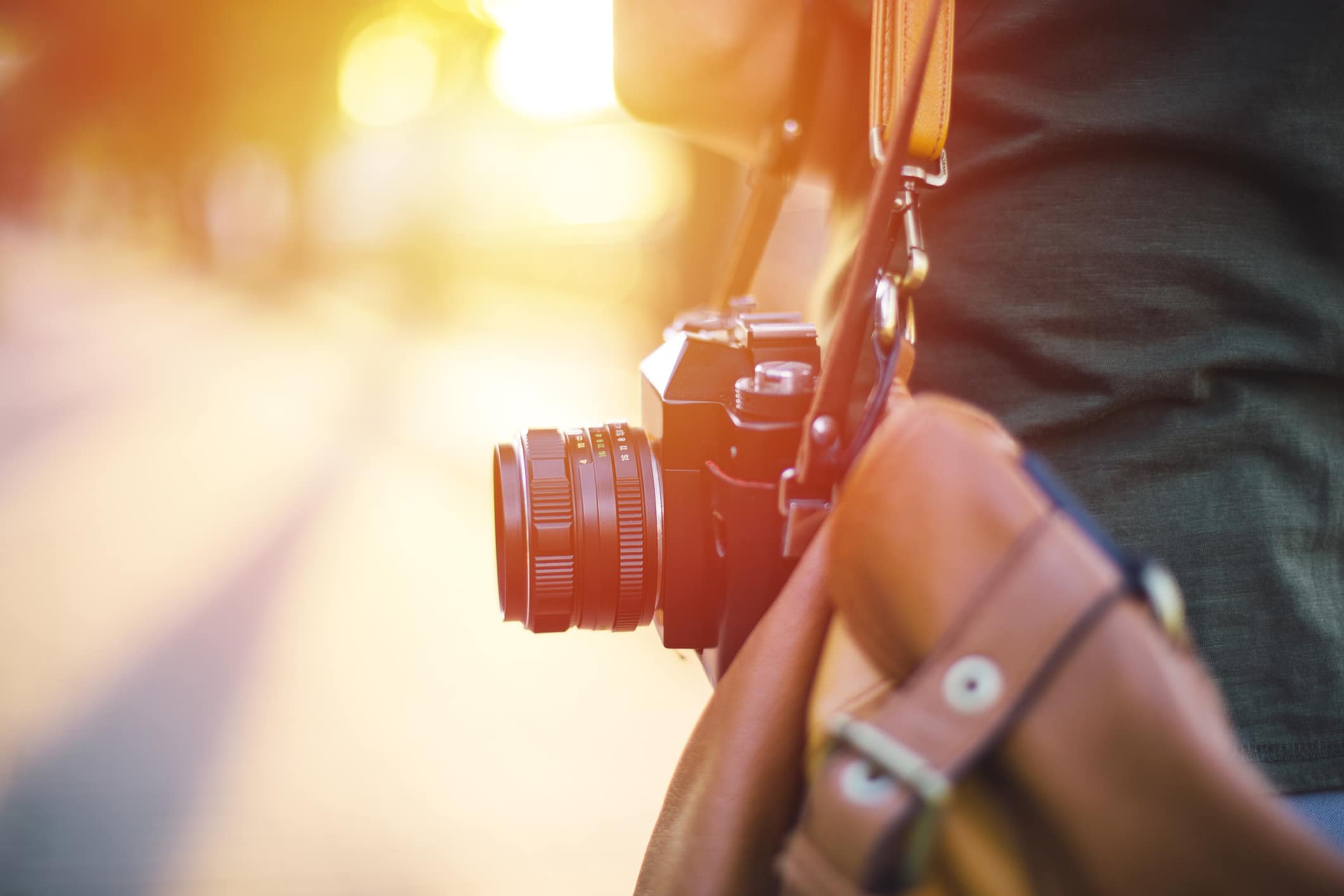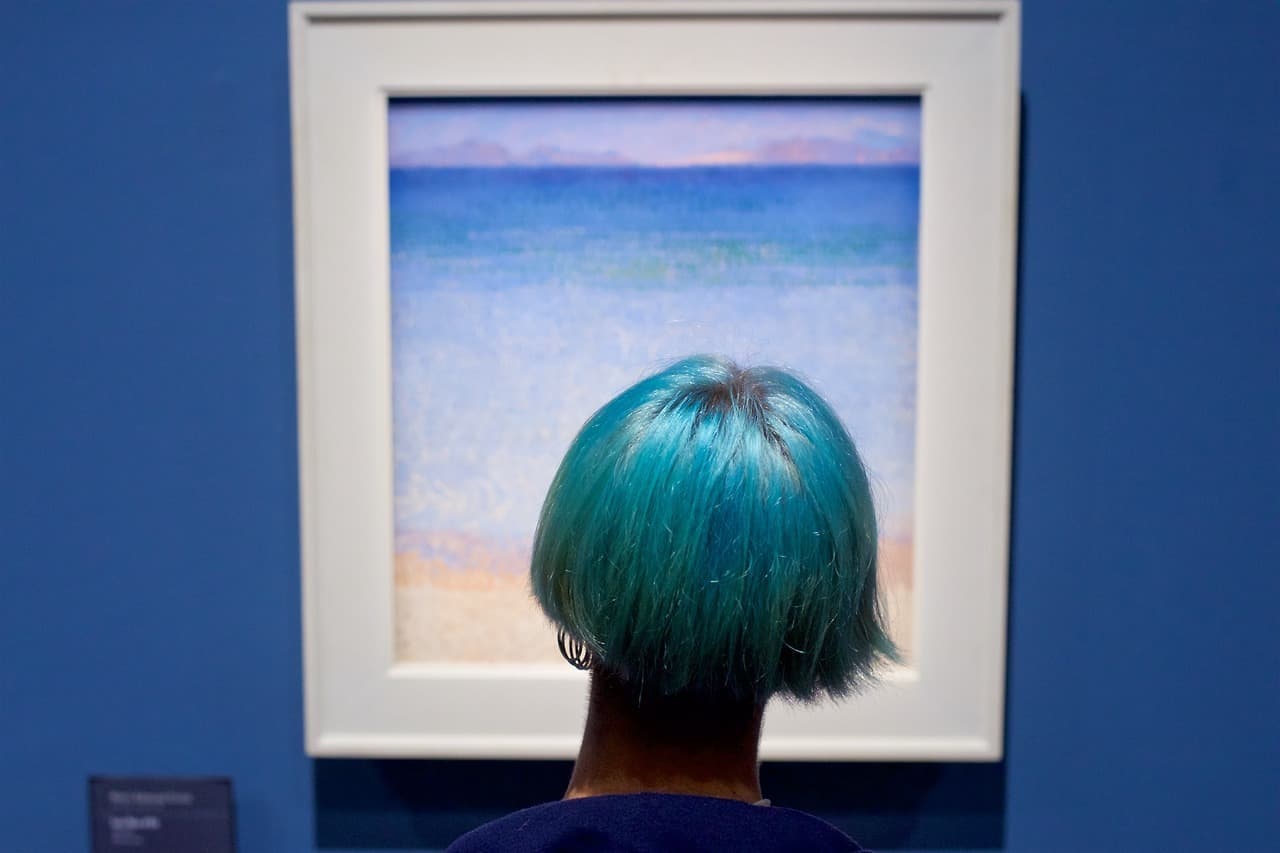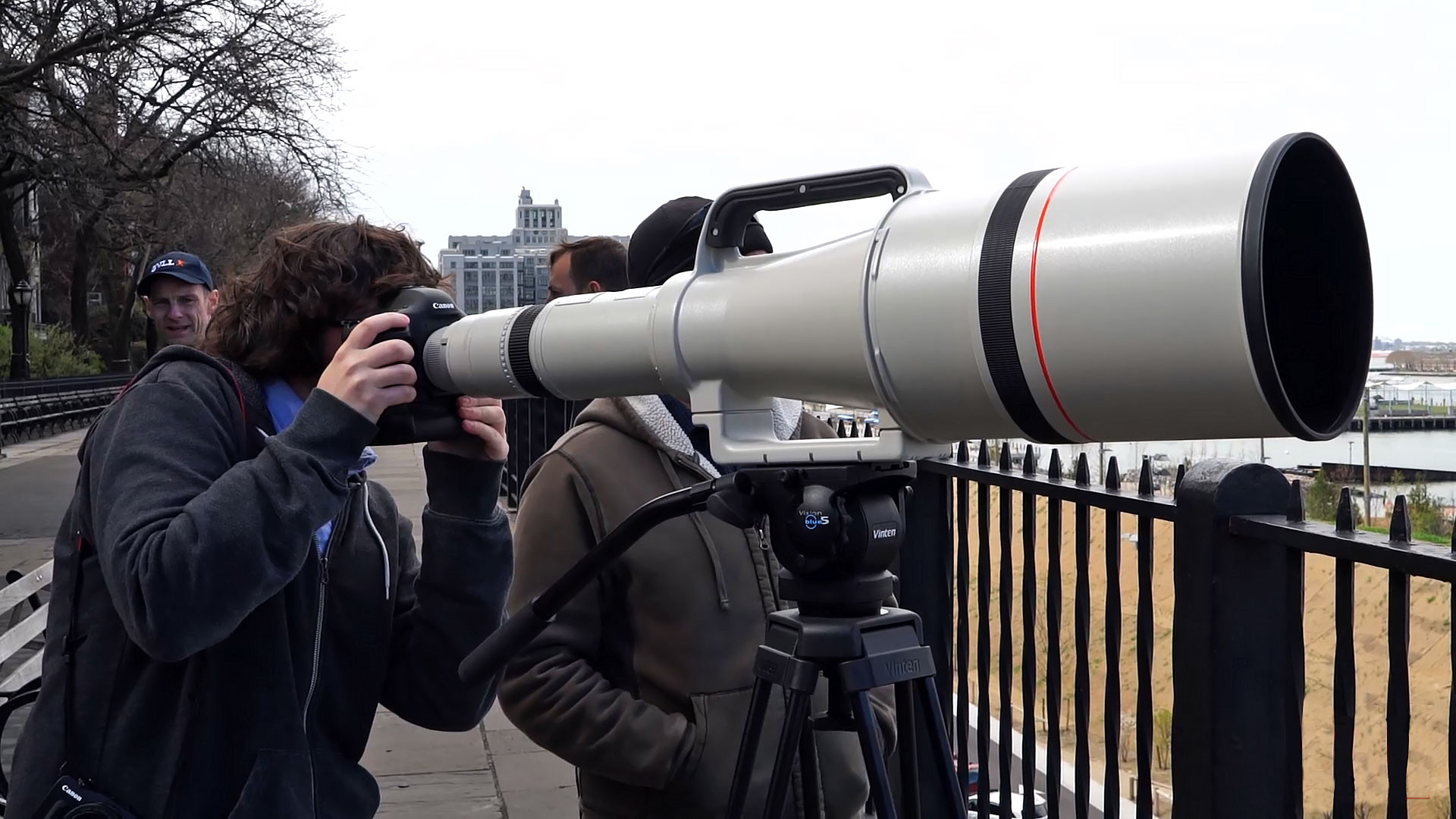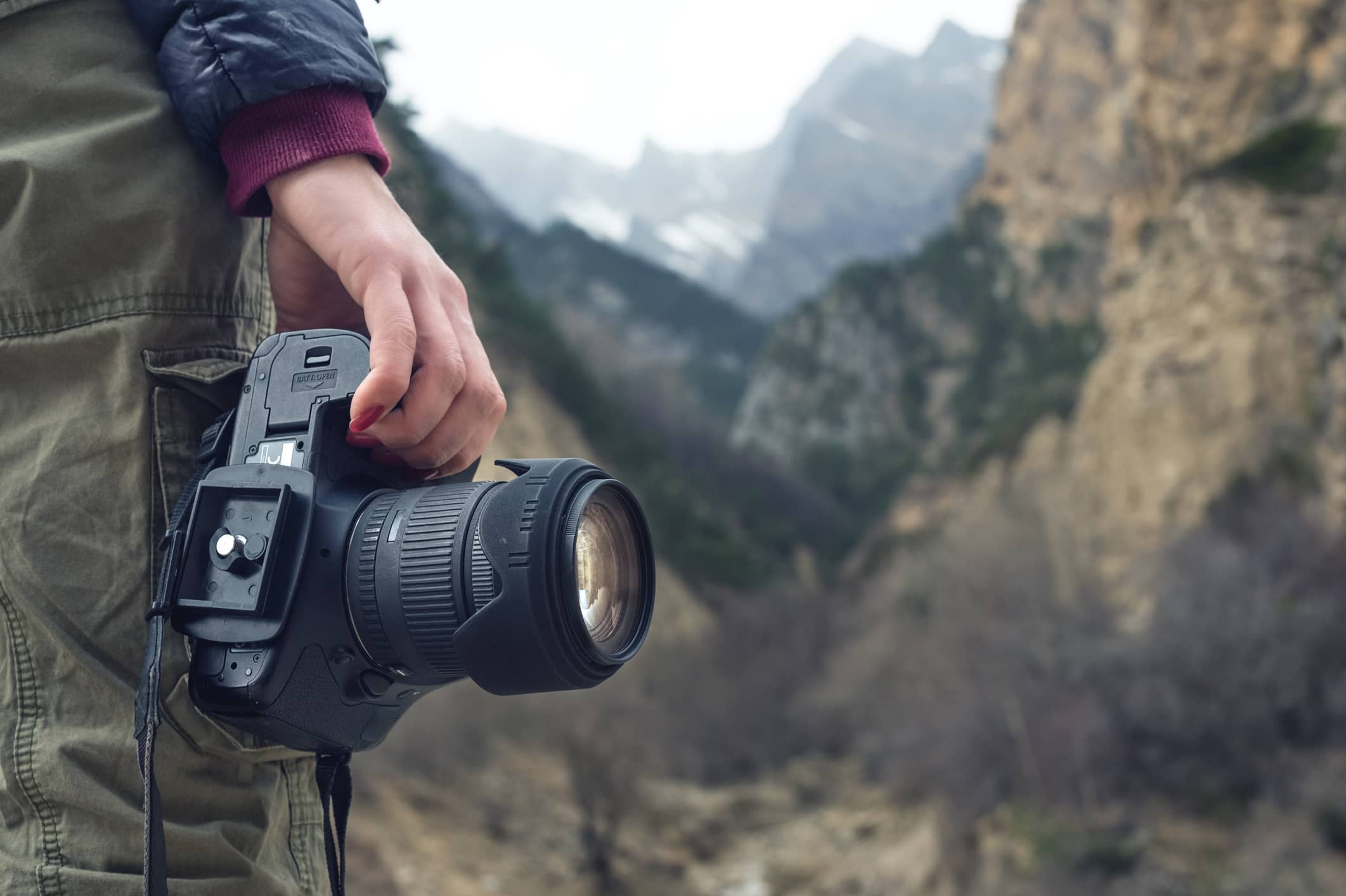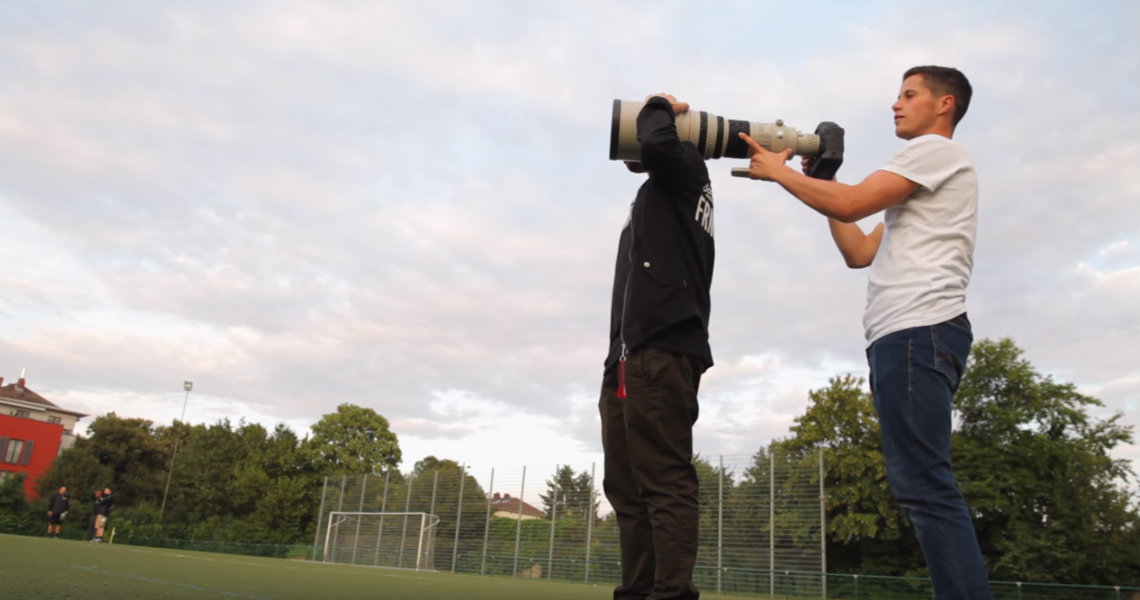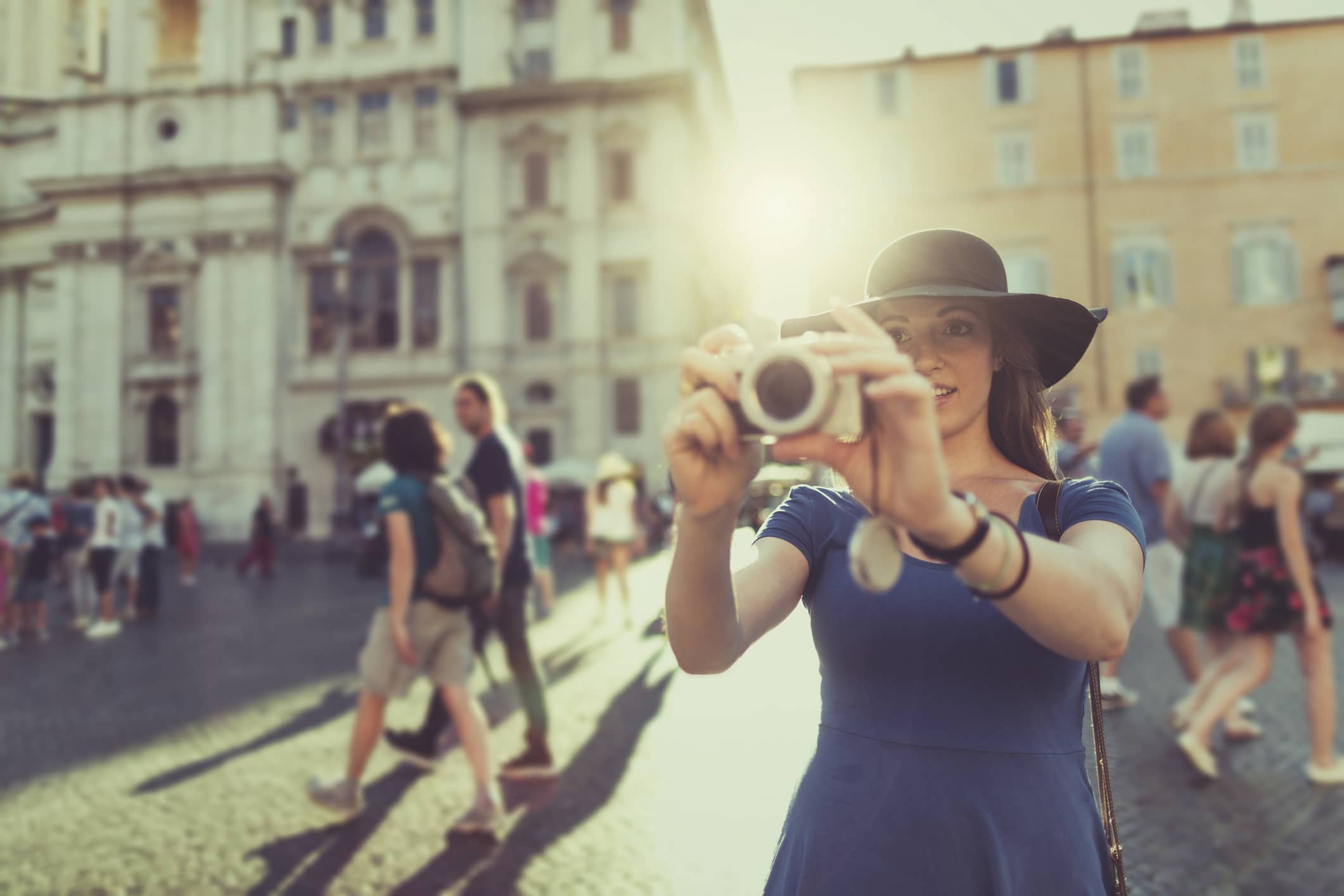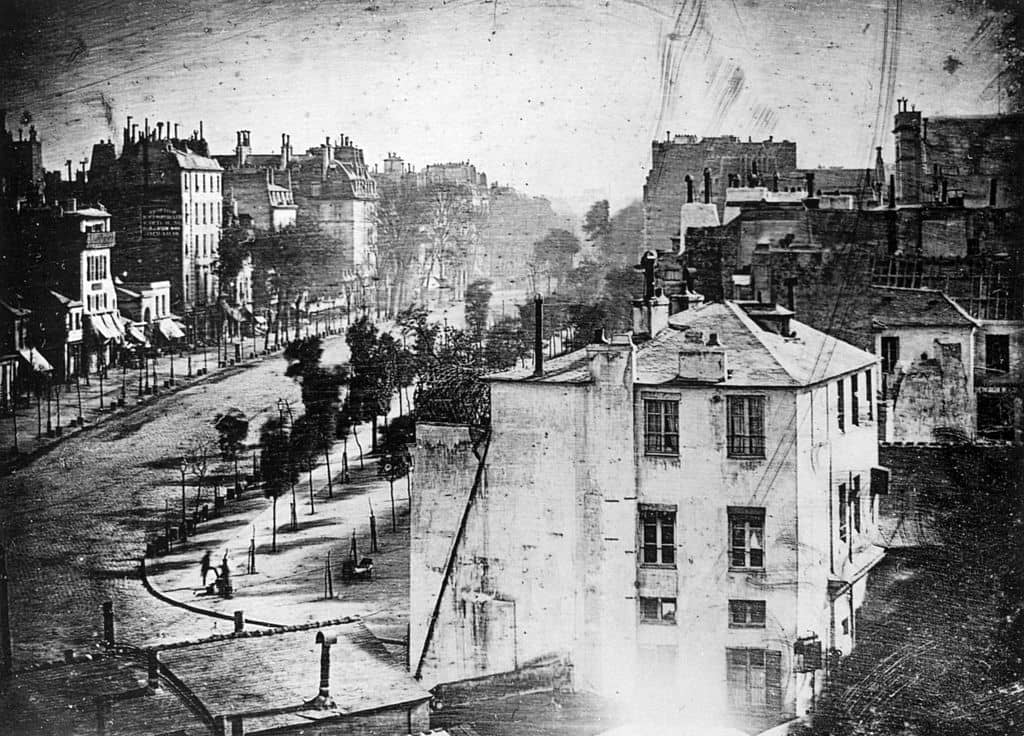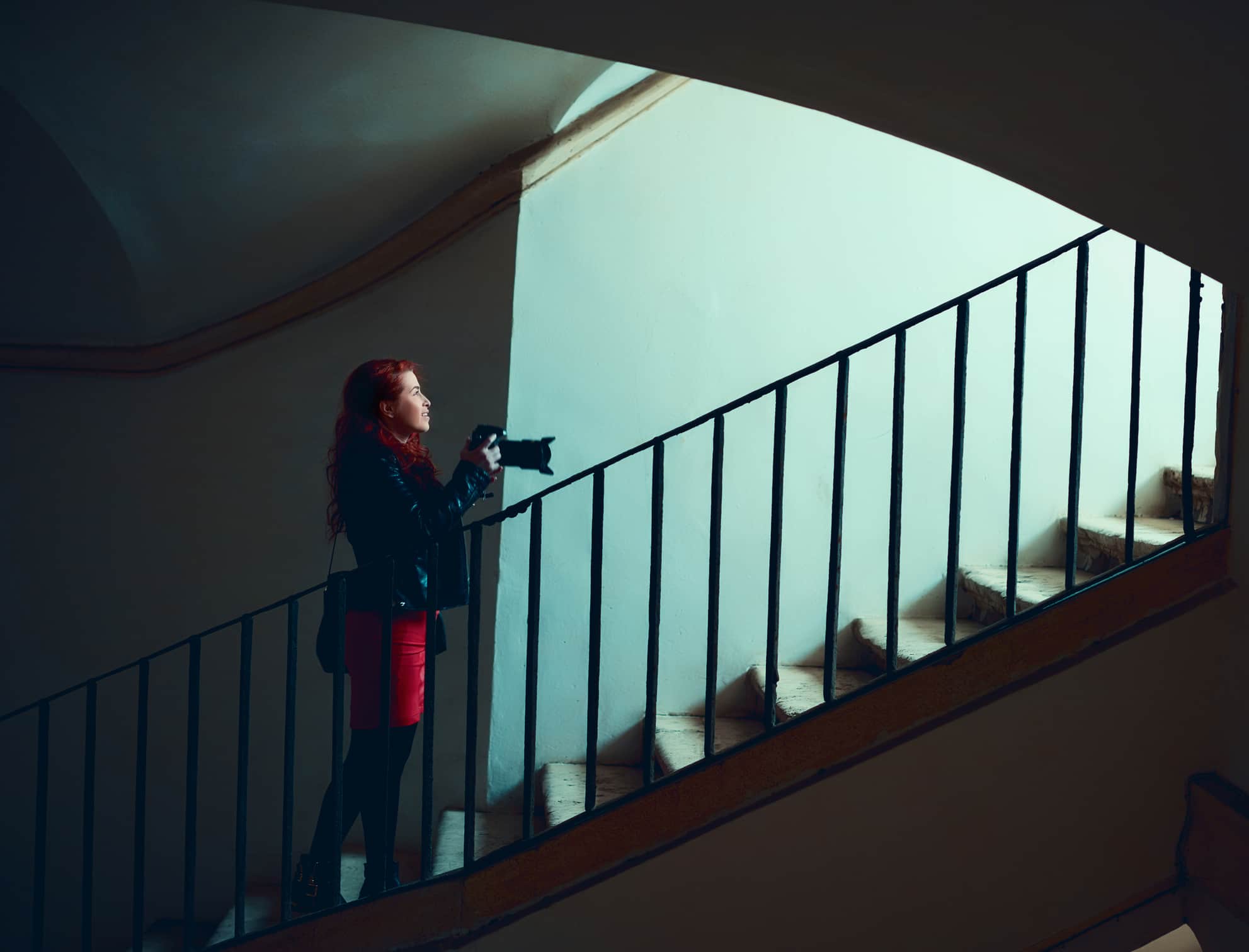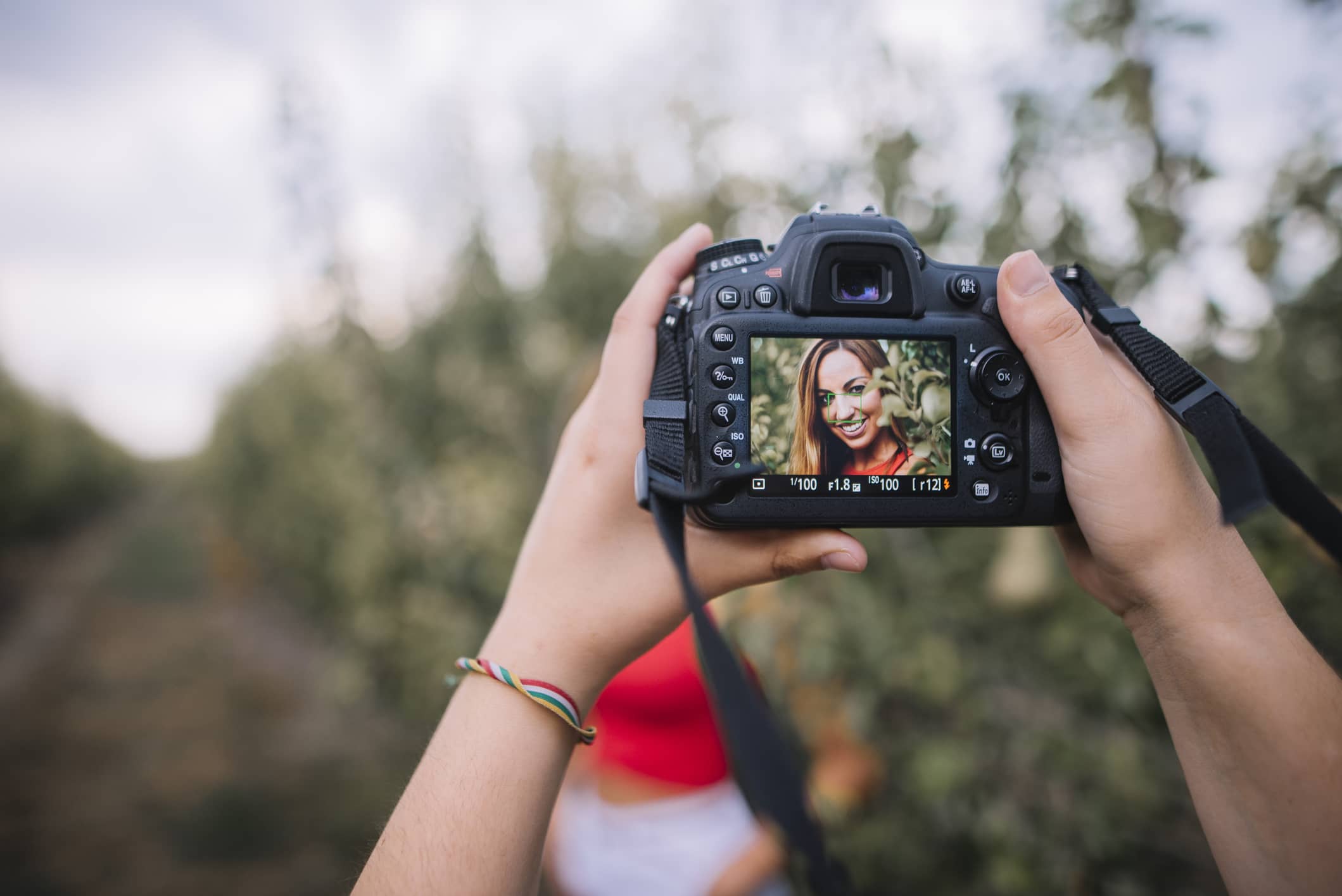Tips & Tricks
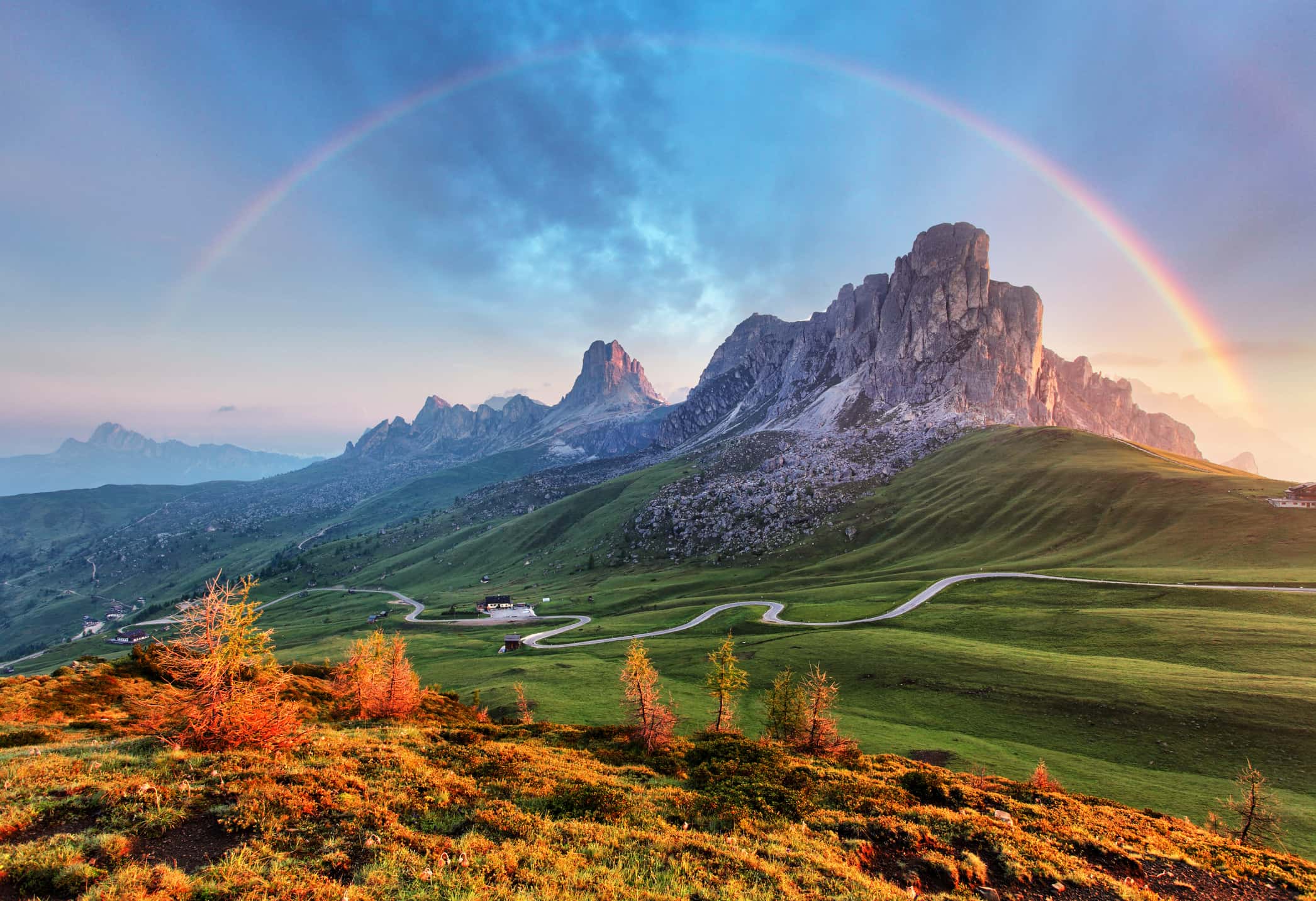
Beginner's Guide to Composition
Photography Talk
Artists have been trying to perfect the art of composition for as long as history lets us go back in time. We can see it in paintings, in tapestries, and even in ancient architecture. But nowhere else is the experimentation of composition as visible as it is in photography. After all, it can either make or break a picture.
Years later, we are still discovering and discarding different techniques that make pictures more aesthetically pleasing to the eye. But some methods have survived longer than others. And for a good reason - once the perfect formula of a stunning composition is found, throwing it away is downright silly!
So let’s have a look at a few composition techniques that have been recognized throughout different art forms as the best.
The Rule of Thirds

The Rule of Thirds is the most famous technique when it comes to photography. It is very simple and can have a huge impact on the way your photographs look.
Because of this, it is a go-to technique when first learning about photography. Heck, even camera manufacturers started to build it into their cameras for ease of use!
The concept of the Rule of Thirds is pretty easy - you divide your scene into three equal parts horizontally and vertically. Then, you use the dividing lines as guidelines when composing your picture.
These lines are supposed to be the main focal points, so naturally this is where you want to place your subject. For example, in landscape photography you can use the horizontal lines to decide where to place your horizon, as was done in the image above.
The reason the Rule of Thirds works so well is that even without ever knowing about this technique, we tend to naturally follow this grid and place the subject on these lines when capturing a picture. So I guess you could call this technique instinctive too!
Get more details on the Rule of Thirds in the video above by Professional Photography Tips.
Learn More:
Leading Lines

Using lines in your picture is an interesting way to narrate the story that your photograph is telling.
Our eyes tend to naturally follow a line when they see one, so using the Leading Line technique is a perfect way to help the viewer see what you want them to see in your picture.
The Leading Line technique also helps to create a sense of depth in your photograph, and gives it a three-dimensional effect. It's a perfect and easy tool to use when taking landscape pictures!
Left to right

There is a theory that our eyes naturally look at photographs from left to right, because that is the way we read. So why not keep this natural instinct in mind when composing your photograph?
Place whatever you want your audience to see first on the left side of your picture, and let them discover the rest of the story on the right. It’s not crazy if it works, right?
You can clearly see an example of this technique in the picture above. The little boy in the photo is setting the scene on the left side while directing our attention to the right because that's the direction he's facing. It grabs the viewer’s attention straight away and then tells a story of the relationship between him and his father.
Learn More:
Space to Move

It is very important to avoid making your pictures feel claustrophobic. A good rule of thumb is to have space for your subject to move into.
So, when photographing people walking, make sure that the empty space is in front of them and not behind them. This way you show their destination and create balance in your photographs.
Have a look at the image above. See how all three techniques come together in one image - the rider is positioned right on the vertical line from the Rule of Thirds, the horse’s face and torso are positioned on the horizontal lines, and they are riding from left to right with ample space ahead of them. Even the light is shining from left to right!
The Golden Ratio (Fibonacci Spiral) and the Phi Grid

The Golden Ratio has been around since 1200 A.D, ever since Leonardo Fibonacci first noticed that nature has its own way of dividing things up. The so-called Golden Ratio is used in nature for maximum efficiency and can often be observed in flowers, seashells, and even the formation of galaxies!
Hidden behind this complex math is the famous Fibonacci Spiral - a technique that discovered the perfect ratio of 1 to 1.618.
Using this technique, you can capture a picture that could be divided into smaller triangles using a spiral. And for some bizarre reason, this will instantly improve the image’s aesthetics for the viewer.
As soon as this formula was discovered, artists were quick to adapt this to their work - you can even witness the Fibonacci Spiral in Leonardo Da Vinci’s work!
It's many years later, and this technique is still one of the most successful tools in creating and capturing a perfect image - there must be a reason it survived this long.
Using the ratio from the Fibonacci Spiral, you can draw a grid that looks very similar to the Rule of Thirds. But instead of dividing it into three equal parts we divide the frame into 1:0.618:1.
The Phi Grid has the dividing lines much closer to the center of the image than the Rule of Thirds, a more natural and less apparent way to divide the scene you are trying to capture.
And you don’t even need to calculate and try to apply the Phi Grid to your pictures as you shoot. Instead, you can simply keep it in mind and then crop your photographs to fit the Phi Grid in post production.
You can see how the Golden Ratio and the Rule of Thirds stack up in the video above by Seeker.
Learn More:
Play Around to Find Your Way

Now that you know the main techniques to improve your composition, it is time to get out there and experiment!
I can't tell you which one will work the best, as it’s all due to the personal preference and artistic choices.
But when you do find the one that works for you, let me know! I love to have discussions about what helps photographers take their art even further.




